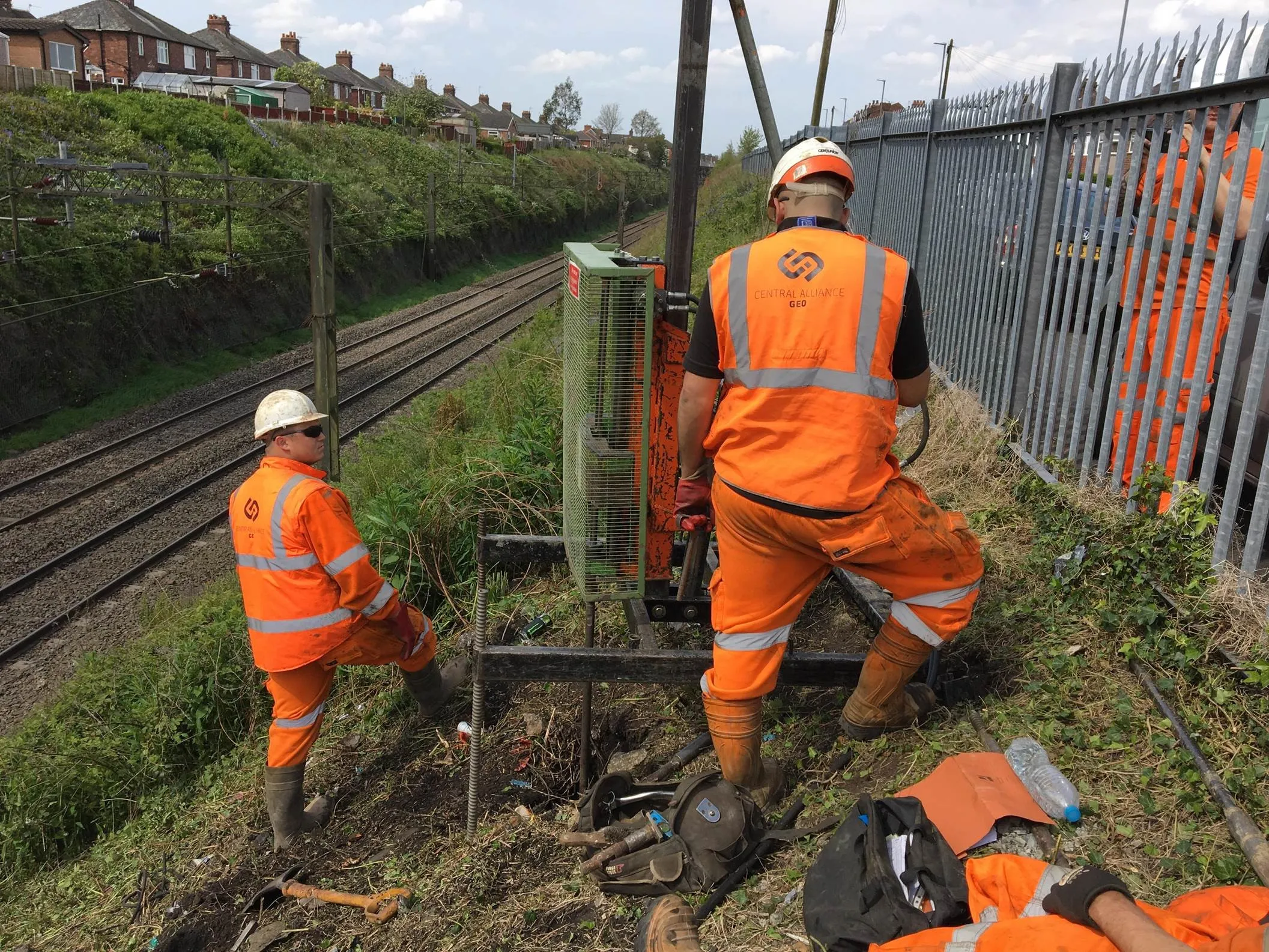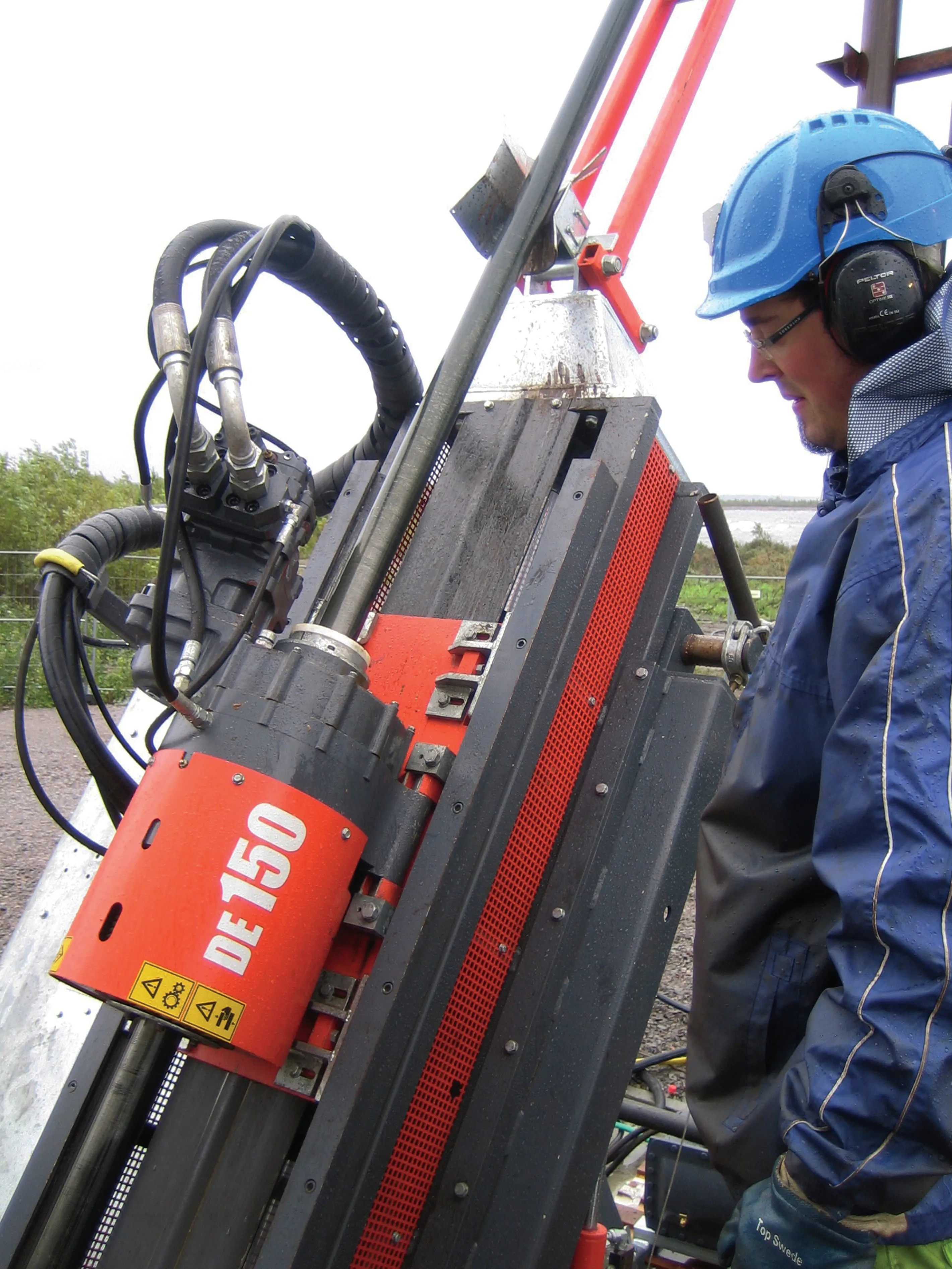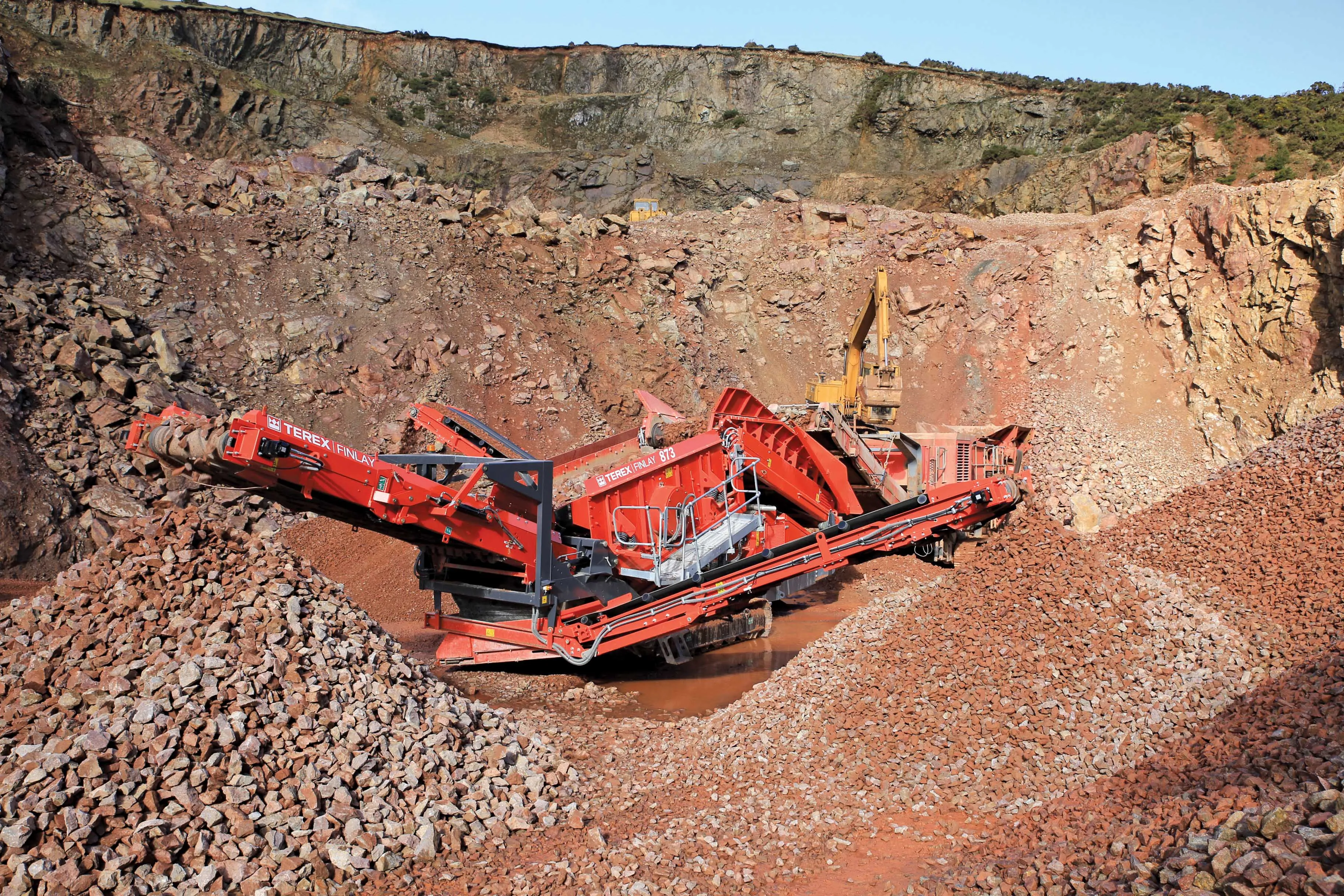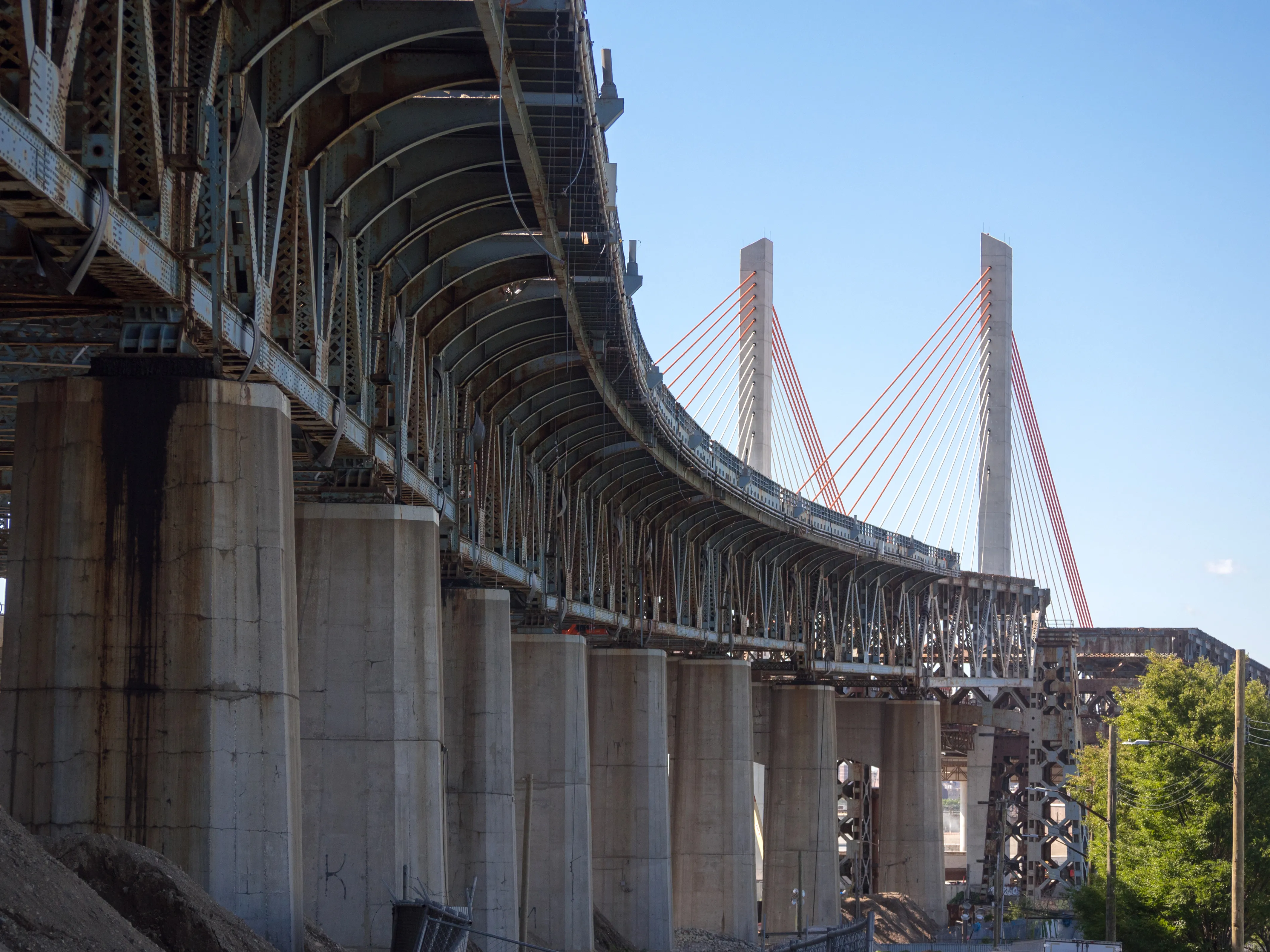
The modular rig was constructed in-house by
The rig is powered by a portable hydraulic power pack, which can be operated approximately 10m away from the rig, and with a mast height of just 2.1m, it is suitable for working below OHLE structures as well as requiring a base area of just 1.5m by 1m.
The firm says that the modular rig has been used already on a number of projects with many more scheduled. The unit’s versatility is said to open up new geotechnical opportunities especially on limited headroom sites, under bridges or on embankments and cuttings for roads. Meanwhile its compact size and construction also allows the unit to be used inside buildings or tunnels.









